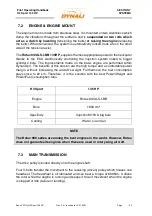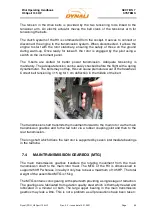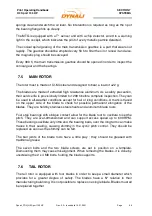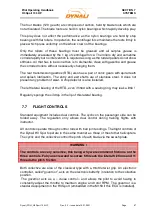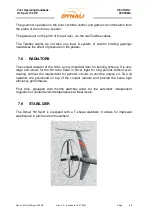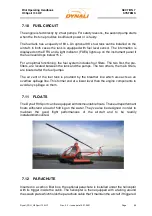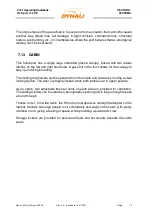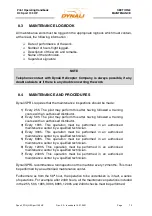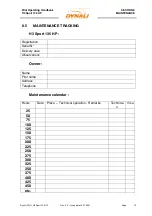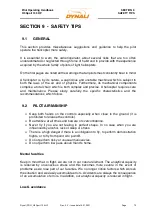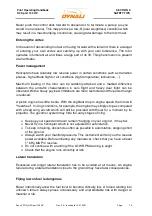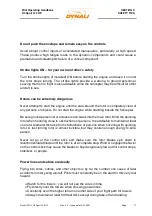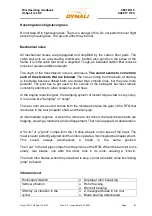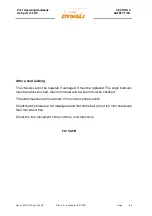
Pilot Operating Handbook
H3 Sport 135 HP
SECTION 9
SAFETY TIPS
Dynali_POH_H3 Sport 135 HP Rev. 3.3 – Issue date 15.01.2021 Page
78
Loss of visibility can be fatal
Flying a helicopter in obscured visibility due to fog, snow, low ceiling, or even a dark
night can be fatal. Helicopters have less inherent stability and much faster roll and pitch
rates than airplanes. Loss of the pilot's outside visual references, even for a moment,
can result in disorientation, wrong control inputs, and an uncontrolled crash. This type
of situation is likely to occur when a pilot attempts to fly through a partially obscured
area and realizes too late that he is losing visibility. He loses control of the helicopter
when he attempts a turn to regain visibility but is unable to complete the turn without
visual references.
You must take corrective action before visibility is lost! Remember, a precautionary
landing in a helicopter will always be safer than a flight with impaired or no visibility.
Carrying passengers
Take the time to get familiar with your H3. Carrying a passenger increases the difficulty
of managing the power. 30 hours of solo flight is recommended for beginners and 5
hours for experienced pilots before carrying a passenger.
Beware of any stiffening in the controls
Cyclic plate, freezing or hardening of the grease on the mast. Rapid complete blockage
can occur in these cases. In the pedals, the grease hardens in the stop bearings of the
rear rotor blades. Never force the controls but fix the problem.
Overconfidence prevails in accidents
A personal trait most often found in pilots having serious accidents is overconfidence.
High-time fixed-wing/gyroplane pilots converting to helicopters and private owners are
particularly susceptible. Airplane pilots feel confident and relaxed in the air, but have
not yet developed the control feel, coordination, and sensitivity demanded by a
helicopter. Private owners must depend on self-discipline, which is sometimes
forgotten. When flown properly and conservatively, helicopters are potentially the
safest aircraft built. But especially helicopters also allow little tolerance when flown to
their limits. Helicopters must always be flown defensively.
Flying low over water is very hazardous
Accidents repeatedly occur while maneuvering low over water. Many pilots do not
Summary of Contents for H3 Sport 135 HP
Page 85: ......

